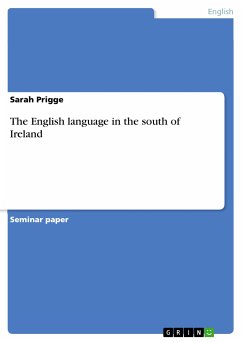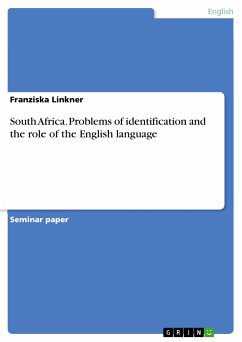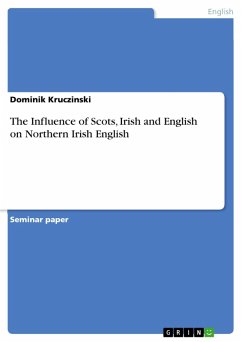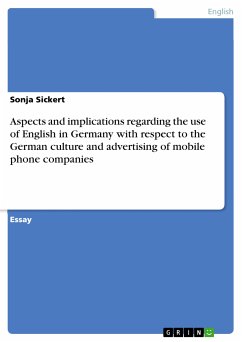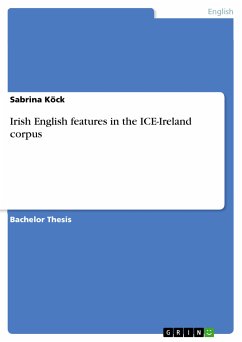Seminar paper from the year 2004 in the subject English Language and Literature Studies - Linguistics, grade: 1,0 (A), University of Flensburg, language: English, abstract: English is the language which is spoken all across Ireland, in the Republic as well as in Northern Ireland. Different varieties of the language can be found. In the far north of the island the English which is commonly used is Ulster-Scots, a variety which is heavily influenced by Scots. Mid-Ulster English is also spoken in the north and is less Scotsinfluenced. Together Ulster-Scots and Mid-Ulster English constitute what is known as Northern Irish English (see Trudgill, Hannah 1994: p102). The variety spoken in the South of Ireland, which is sometimes called Hiberno-English (see Harris 1984: p115), will in the following be referred to as Southern Irish English. It is important to point out that the linguistic division between the north and the south of Ireland is not the same as the political borders. Northern Irish English is not only spoken in Northern Ireland but also in some areas of the Republic of Ireland, for example in Donegal. The use of Southern Irish English on the other hand is quite common in some of the southern parts of Northern Ireland (see Trudgill, Hannah 1994: p102). In the following the historical development of the Southern Irish English variety will briefly be looked at before its main features in terms of pronunciation, grammatical structures and lexis will be explored. There is only little regional variation within Southern Irish English (see Barnickel 1982: p117), and the few differences will here not be taken into consideration.
Dieser Download kann aus rechtlichen Gründen nur mit Rechnungsadresse in A, B, BG, CY, CZ, D, DK, EW, E, FIN, F, GR, HR, H, IRL, I, LT, L, LR, M, NL, PL, P, R, S, SLO, SK ausgeliefert werden.
